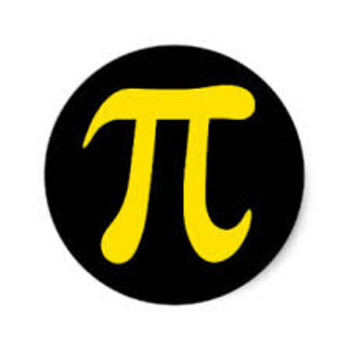The probability of rain tomorrow is 0.70.7. The probability of rain the next day is 0.550.55 and the probability of rain the day after that is 0.40.4. How do you determine P("it will rain two or more days in the three days")P(it will rain two or more days in the three days)?
2 Answers
Explanation:
As probabilities add up to
First day probability to not rain =
Second day probability to not rain=
Third day probability to not rain=
These are the different possibilities to rain
Working this out:
Probability to rain
Since we need the same denominator we multiply
Probability to rain
As denominator is the same, we only add the numerator of the fraction.
Probability to rain
As the probability to rain over
Adding all together
You could work in decimals if you want, but I find fractions easier to work with. Or you could just convert at the end...
So the probability of rain for
Explanation:
The question is asking for the probability of rain on two or three days. The only situations NOT included are rain on only one day and no rain at all.
Rather than working out all the wanted probabilities, it might be quicker and easier to work out the unwanted probabilities and subtract those from
There are 3 options, rain on only the first or the second or third day.
Fractions are probably easier to use,
It turns out that one method is not quicker or easier than the other,


